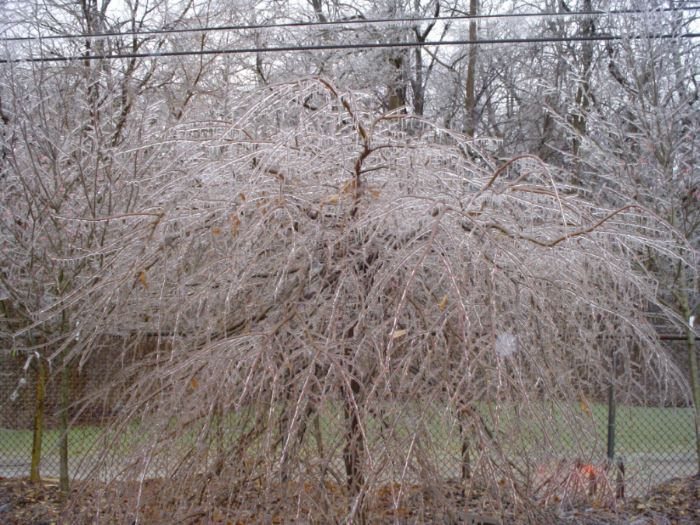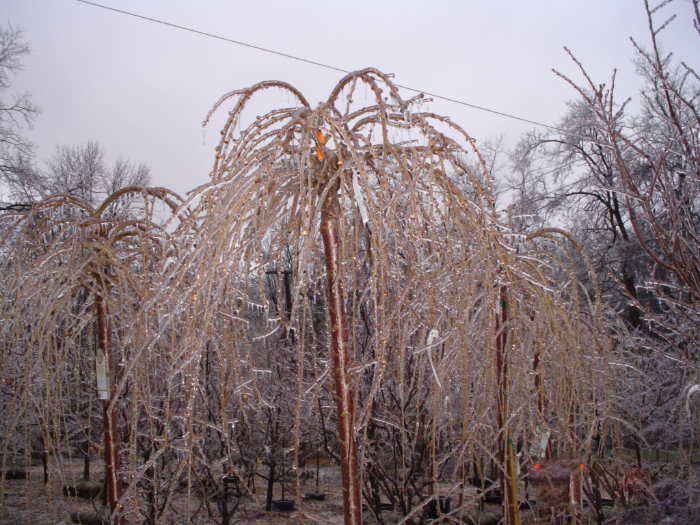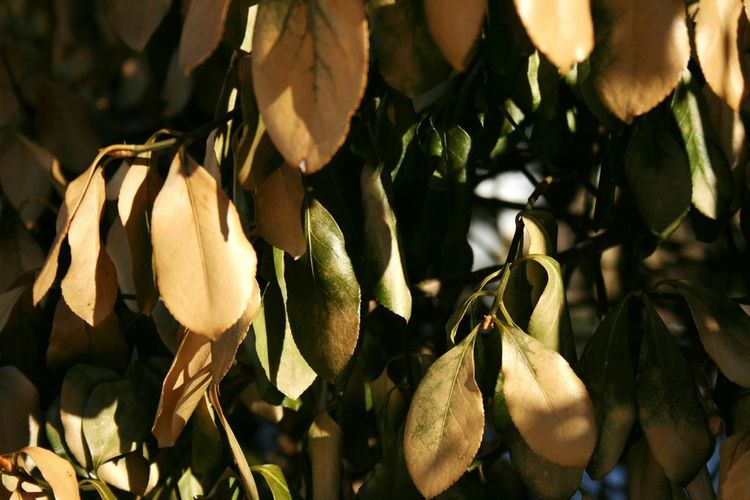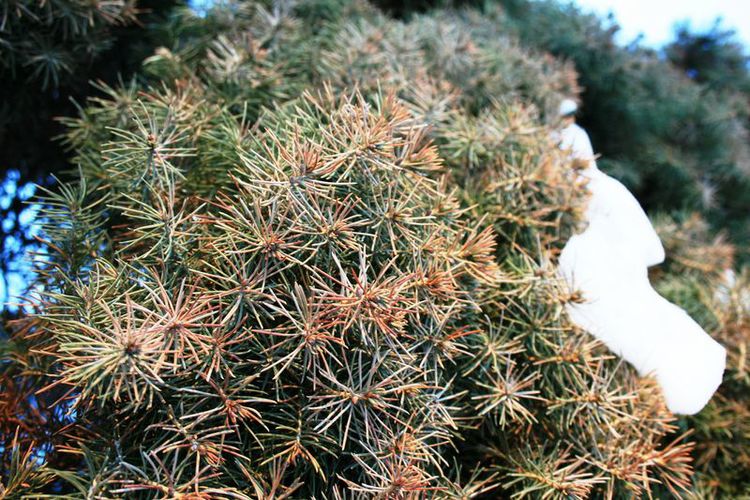
This has been the most severe and relentless winter I remember since childhood. I am not alone to be more ready for spring to get here so we can enjoy all the beauty of our garden landscapes bursting with beautiful fragrant flowers, birds chirping, and butterflies fluttering about. We have had record-breaking snow that for the most part has been fairly dry without damaging ice build-up which breaks the branches. There is so much snow that as far as our eyes can see every inch of ground is covered with the vivid white powder that seems to get top-dressed with more snow every week.
From a horticultural point of view, this snow has provided nature’s best insulation from the single-digit temperatures to all the dormant perennials and shrubs below the snow. Even though the snow is deep, it is still relatively light and not breaking branches. However, the multiple polar vortex weather phenomena and all the sunny winter days have been torturing many of your trees and shrubs, and it shows. When we have cold sunny winter days, it usually means that we also have clear winter nights which explains why we have endured such incredible temperature drops to the negative single digits. We are just starting to see the results of this double punch of weather, particularly on our evergreen trees and shrubs as we get closer to spring in the way of severe sunburn on the leaves and needles. This is caused by a combination of very bright light reflection from the snow and severe low temperatures that cause the leaves and needles to literally dry out and turn brown. This is because the soil below is also frozen and the roots cannot absorb moisture to replenish water lost in the leaves.
The other issues are that many of the flower buds on the early blooming trees and shrubs may have also been damaged and just will not open this year. Certain thin-barked trees, such as Japanese Maples will split from the cold from a condition called “sunscald”. We generally have more damage in the spring after all the snow melts with a few teaser 65 degree days to be followed by a sudden 40-degree drop at night. Who knows where all the water from the melting snow is going to go if we have a sudden heatwave? Mother Nature does have a backup plan for this, so don’t jump on a plane to go to Arizona to escape. The evergreens like yews, rhododendrons, holly and boxwoods, pines, spruce, and arborvitae will turn brown and drop as the weather warms up. Although this is very stressful on the plants, new growth will emerge and push the rest of the dead needles and leaves out of the way and greet you with green.

The bark that split from the cold will take a few years to heal, but the best thing to do is leave it alone and do not put any kind of paint over the wound to allow for faster healing. Treat your landscape this spring as you would after recovering from a long lingering illness. It is more harmful to brush off the snow when it is cold than to leave it alone. Feed them in the spring with a good organic fertilizer, instead of a high-powered chemical form, to encourage a measured recovery. Treat yourself to some beautiful flowers from your local independent florist to make up for the loss of blooms on your favorite trees and shrubs.
Be patient and be prepared to accept the reality that some plants may need to be replaced. The next step is to consult with an experienced landscape horticulturist and designer to assess any damage and determine if changing the selection of plants or the design may ensure optimal future success for your continued enjoyment.




559 Orchard Lake Rd.
Pontiac, Michigan 48341